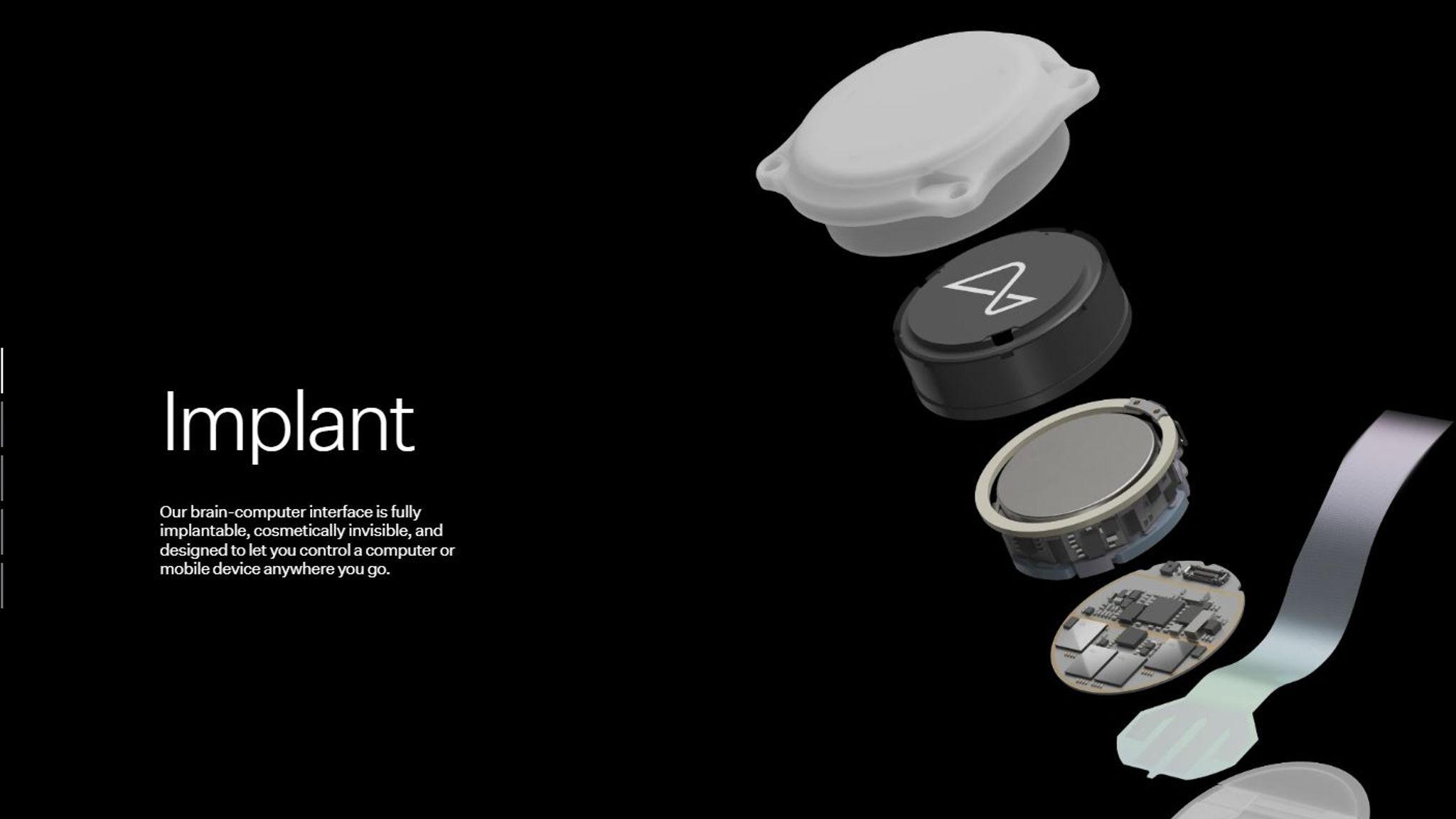Musk’s Neuralink Conducts First Human Brain Implant

Elon Musk’s Neuralink implants device into human brain for first time as it seeks to aid those with paralysis
Neuralink, founded by erntrepreneur Elon Musk, has implanted one of its devices in the brain of a human for the first time, Musk said.
“The first human received an implant from @Neuralink yesterday and is recovering well,” Musk wrote on social media platform X, formerly Twitter, which he owns.
“Initial results show promising neuron spike detection,” he added.
Neuralink wants to use its implants to allow computer devices to be controlled by a person’s thoughts.

Thought control
In a separate post, Musk said Neuralink’s first product would be called Telepathy and would enable “control of your phone or computer, and through them almost any device, just by thinking”.
“Initial users will be those who have lost the use of their limbs. Imagine if Stephen Hawking could communicate faster than a speed typist or auctioneer. That is the goal.”
Neuralink obtained permission from the US Food and Drug Administration (FDA) last May to test its chip on humans, and was given the go-ahead in September to begin recruitment for a human subject.
The firm has now begun a six-year study in which a robot is used to surgically place 64 “ultra-fine and flexible threads”, each thinner than a human hair, onto part of the brain that controls “movement intention”.
‘Movement intention’
“Once in place, the N1 Implant is cosmetically invisible and is intended to record and transmit brain signals wirelessly to an app that decodes movement intention,” the company said in a statement.
The PRIME Study is intended to evaluate the safety of the N1 implant and the R1 robot.
Neuralink’s competitors include Blackrock Neurotech, which implanted its first brain-computer interface in 2004.
Precision Neuroscience, another competitor, was founded in 2021 by a Neuralink co-founder, and implants its device via a “cranial micro-slit” that it says is simpler than Neuralink’s approach.